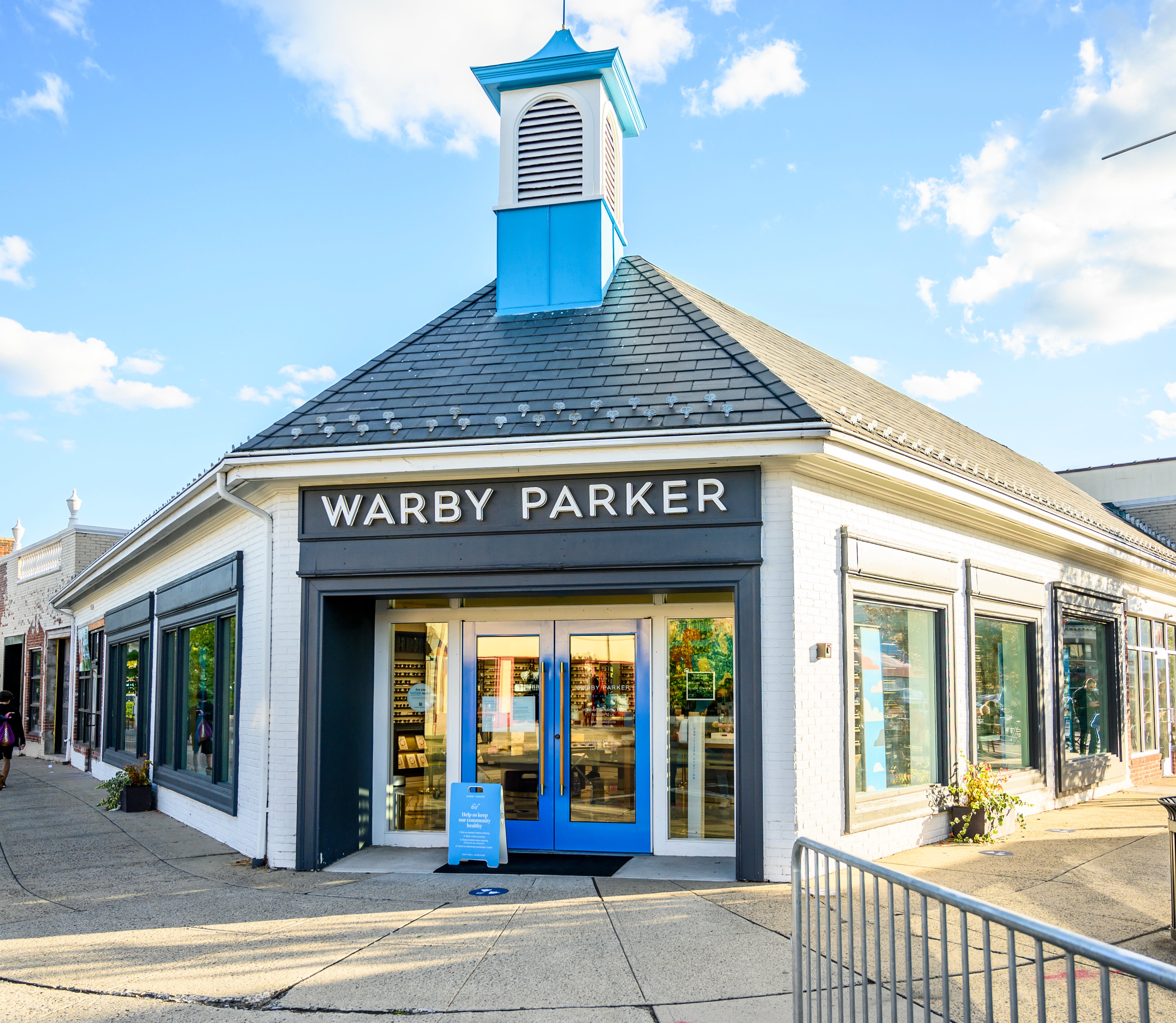As Warby Parker goes, so goes just about every other brand in the direct-to-consumer space—at least that’s been the case for much of the decade-plus history of digitally native retailers.
But now the eyewear seller has announced an outrageously ambitious expansion plan to build out its physical store network to as many as 900 locations, up from its current tally of about 200. For other sellers, including those in the home space like Boll & Branch, Parachute, Burrow (and too many others to mention), Warby Parker’s move raises the bar significantly on how they reach their customers. It most certainly has the potential to be a game changer for every DTC player in the business.
For those who haven’t been paying attention for the past few years, a little history: In the second decade of this century—starting in 2010 and unfolding over the following five to eight years—an abundance of online startups broke on to the retail scene, promising a friction-free buying proposition for consumers fed up with shopping at conventional stores (and paying conventional store prices).
Warby Parker is generally credited as not only an early arrival to the DTC space, selling prescription eyewear at lower prices than most retailers, but also an early success story in the category. However, early in the company’s growth trajectory, Warby Parker realized the cost of customer acquisition was going to be its biggest challenge and it started opening stores. It didn’t take too long before in-person shopping in its stores—the very thing the company was founded to fight—accounted for more than half of its revenue. Today, with 200-plus stores, it represents one of the most significant embraces of physical retailing in the DTC category.
In the home space, most would point to mattress brand Casper as the first DTC seller to gain prominence. Much like Warby Parker before it, it too didn’t take long for the company to realize that online-only sales weren’t going to cut it. First it opened its own stores. Then it began wholesaling to other retailers (yes, those same retailers it said were a dying breed). Today, after a spin in and out of public-company status, Casper has put wholesaling first and foremost in its business model.
Other DTC companies proliferated throughout the home category, from mattresses, textiles and furniture to cookware, tabletop, rugs and framed art—just about anything your local neighborhood big-box store carried, whether it was Macy’s, Ikea, Target or the late, great Bed Bath & Beyond. And soon, virtually all of those DTC brands began to either open their own stores or sell their products to third parties. Some even sold out to old-school competitors, further blurring the lines of business models and species origin.
Today, DTC bedding brand Parachute has more than two dozen of its own retail stores, including its just-opened location in New York’s Flatiron district. Competitor bedding company Brooklinen has fewer outposts but is working toward establishing 25 to 30 stores by the end of 2024. Burrow, in the furniture space, expects to have 10 stores over the next two years. Even Casper, focused on wholesaling, has close to 70 stores (though that is a far cry from the 200 it once targeted). Outside of home, the DTC retail trajectory is progressing in similar fashion across categories. Apparel brands like Allbirds, Everlane and Untuckit are all moving rapidly to expand their physical retail networks.
But the Warby Parker projection goes far beyond the omnichannel strategy, much less the original DTC proposition. With as many as 900 locations, Warby Parker is basically talking about becoming a conventional vertical brand, much like Zara or Gap—or Williams-Sonoma or RH in the home space. Warby Parker will continue to sell online, but the share of business done through e-commerce will be greatly diminished. The irony that traditionally in-person retail brands like Williams-Sonoma are moving in the opposite direction in an attempt to focus more of their sales online can’t be lost in this conversation.
All of which raises the question: If virtually every DTC seller has followed the Warby Parker playbook so far, will all of these companies decide to go full tilt into physical stores? Particularly with the demise of Bed Bath & Beyond—but also given the weakness among other retailers in the space, like Tuesday Morning and Christmas Tree Shops, both in bankruptcy—will the digitally native brands look to pick up the slack and fill in all those empty strip center storefronts?
If you go by the theory that retailing is pretty much a zero-sum game and it’s all a matter of reslicing the market-share pie, then it looks like DTC players will be remaking their models to include more physical locations. Warby Parker seems to be leading the way once again, and it won’t take 20/20 vision to see where the DTC business is headed next.
Homepage image: ©DW labs Incorporated/Adobe Stock
____________
Warren Shoulberg is the former editor in chief for several leading B2B publications. He has been a guest lecturer at the Columbia University Graduate School of Business; received honors from the International Furnishings and Design Association and the Fashion Institute of Technology; and been cited by The Wall Street Journal, The New York Times, The Washington Post, CNN and other media as a leading industry expert. His Retail Watch columns offer deep industry insights on major markets and product categories.




























